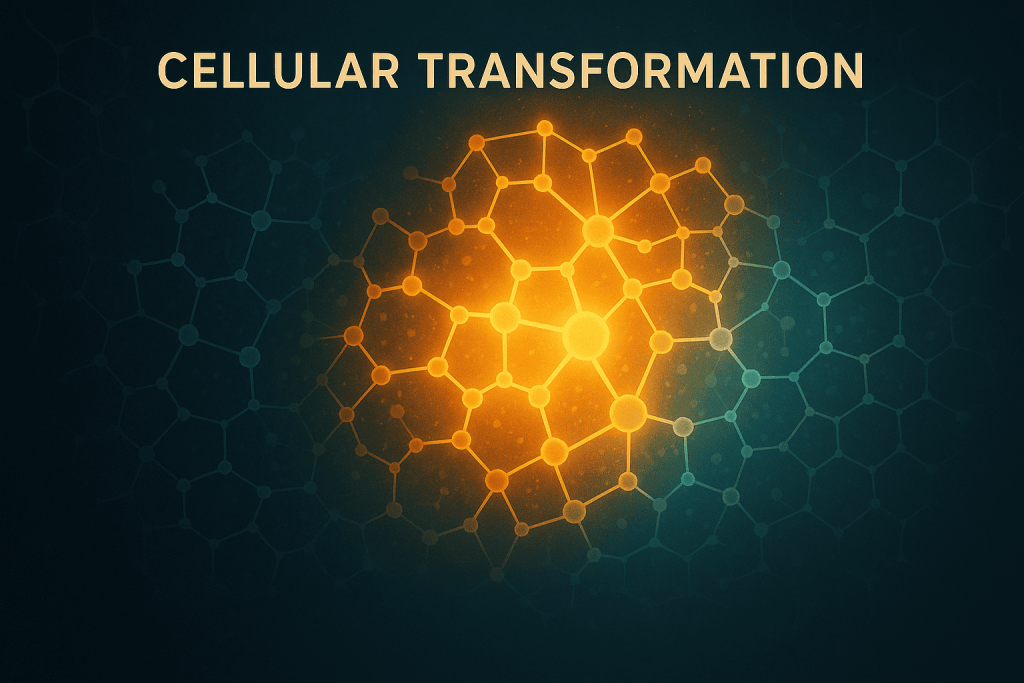Mitochondrial dysfunction stands as a primary driver of cellular aging, contributing to reduced energy production, increased oxidative stress, and impaired cellular repair mechanisms1112.The decline in mitochondrial function with age affects virtually every tissue, from skeletal muscle to brain, heart, and liver11.
Revolutionary mitotherapy approaches involve transplanting healthy mitochondria from young donors into aged recipients1213.Studies show that intravenous injection of young mitochondria into aged mice restored ATP levels, reduced oxidative stress, and improved cognitive and motor performance12.Recent research demonstrates that mitochondrial transfer can rejuvenate mesenchymal stromal cells, reducing senescence markers and enhancing anti-inflammatory properties13.
NAD+ restoration represents another critical mitochondrial intervention14.NAD+ levels decline significantly with age, impairing mitochondrial function and cellular repair processes14.Clinical trials with comprehensive NAD+ restoration strategies—combining precursors, CD38 inhibitors, and NAMPT activators—show average NAD+ increases of 67% with corresponding improvements in quality of life parameters15.
Cross-Disciplinary Integration: Technology Meets Biology

